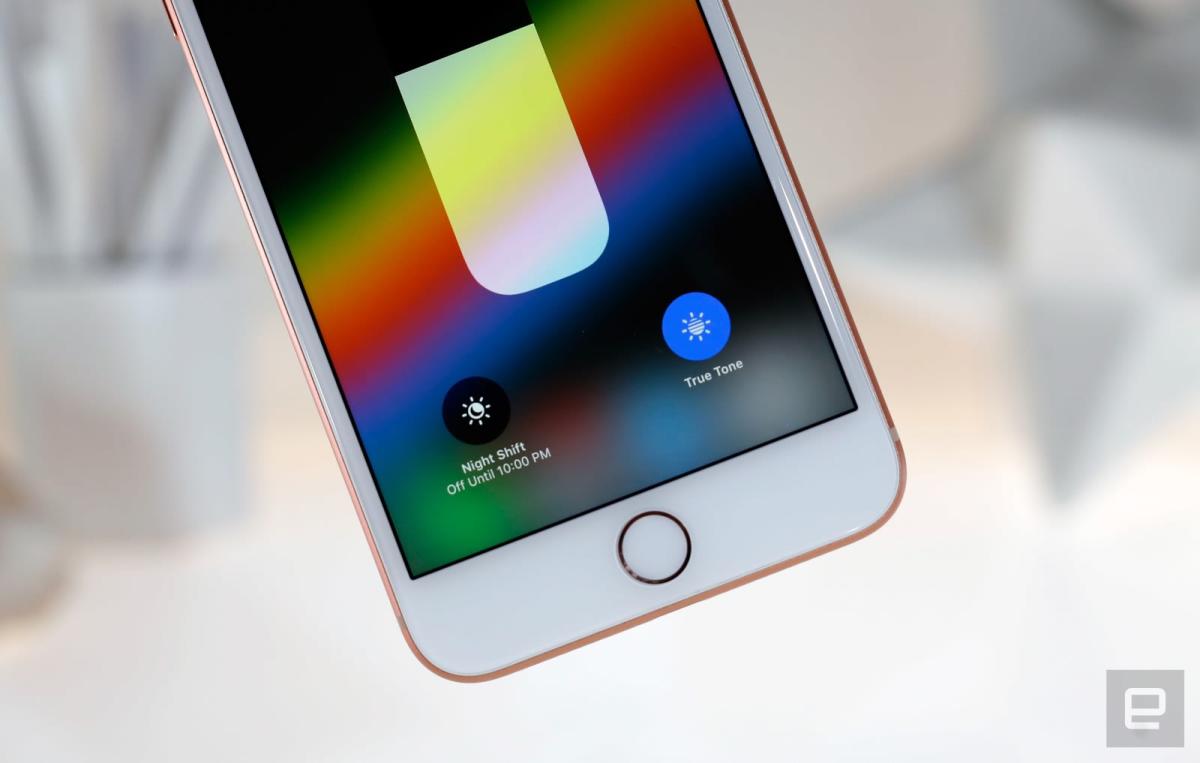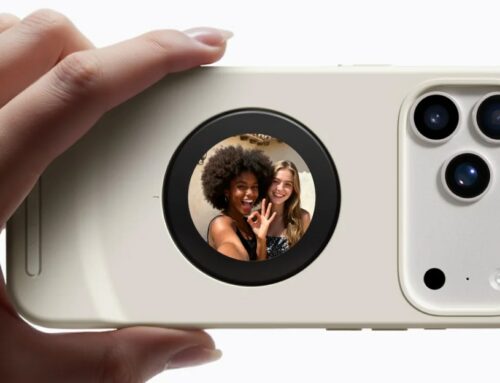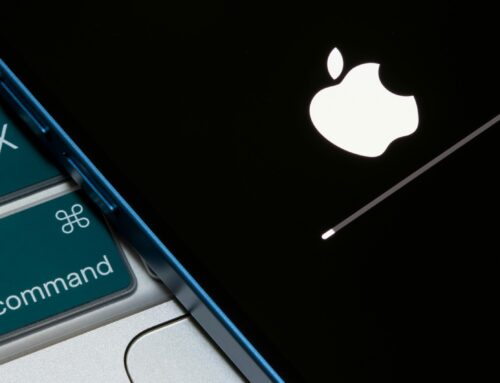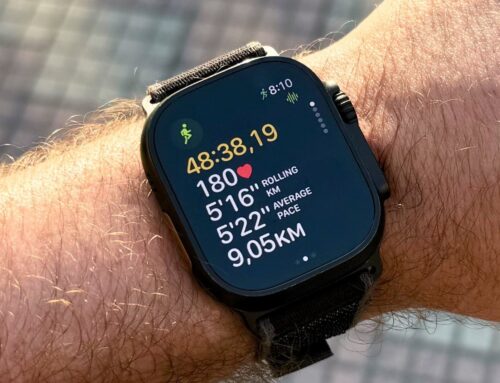Apple is finally loosening some restrictions on third-party repairs. The tech giant said in its latest white paper, Longevity, by Design, that it will extend software support to third-party replacement batteries and displays installed into iPhones later this year. This means that it won’t deactivate True Tone and battery health data for iPhone users who receive those third-party repairs.
In case you don’t know what True Tone is, it’s a feature that adjusts the iPhone display’s white balance to match your environment. Currently, Apple disables that feature if the iOS detects that you installed a third-party replacement screen. You won’t suffer that loss anymore as the company “will allow consumers to activate True Tone with third-party parts to the best performance that can be provided” later this year. However, it pointed out that True Tone may not display accurate colors or perform well because third-party displays don’t always gel with Apple’s hardware, so you can choose to disable it if the screen doesn’t work the way you expect it to.
As for third-party replacement batteries, Apple will show their health metrics but it will notify users that it isn’t able to verify them. The company says that an internal analysis that found that second-hand batteries with manipulated metrics are sometimes sold as new, and the iPhone’s metrics will mark the maximum capacity at 100 percent even though the battery’s current state won’t reflect that.
Apple has a long history of antagonizing third-party repairers of iPhones, but it’s slowly opening up to them. In 2022, it made the iPhone 14 easier to repair upon release but its restrictions on third-party replacement displays made it difficult for third-party vendors to fix the broken original screens. In April, it announced that iPhones will be repairable with genuine used parts starting this fall with the iPhone 15 and newer models.
This article contains affiliate links; if you click such a link and make a purchase, we may earn a commission.








